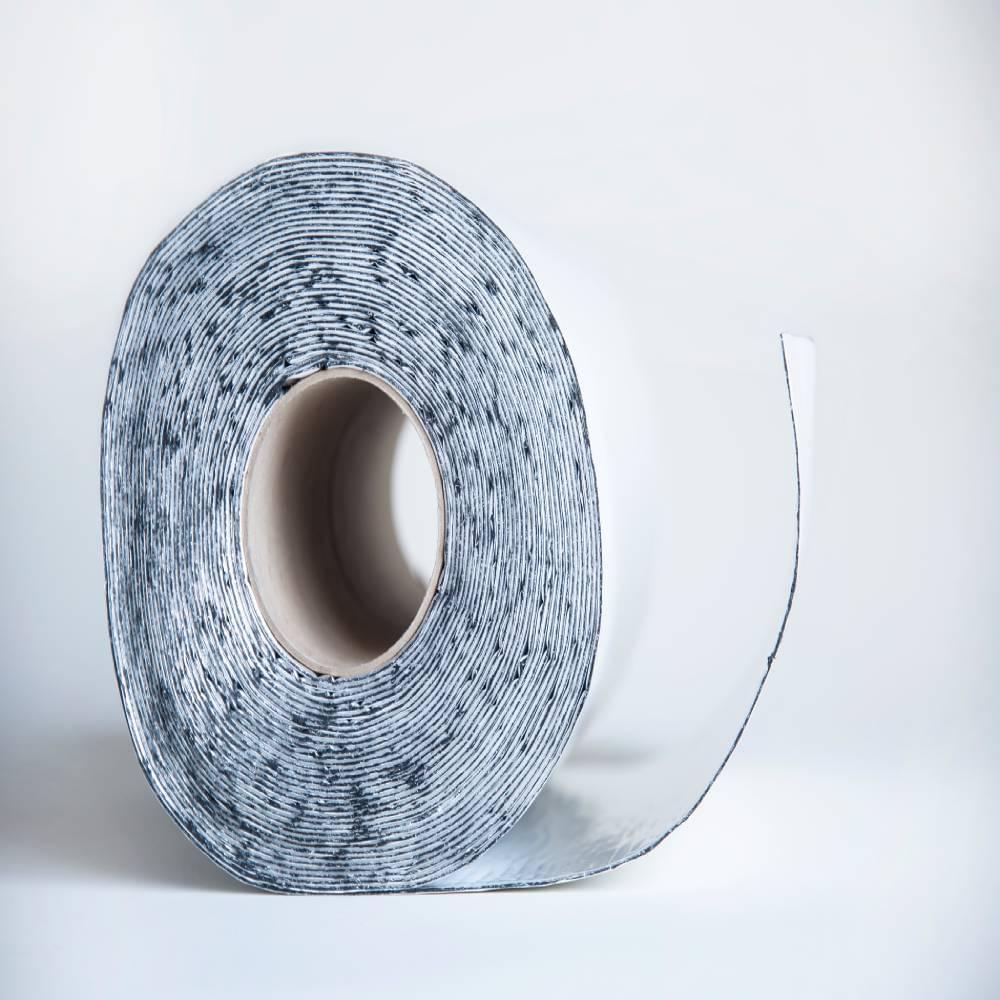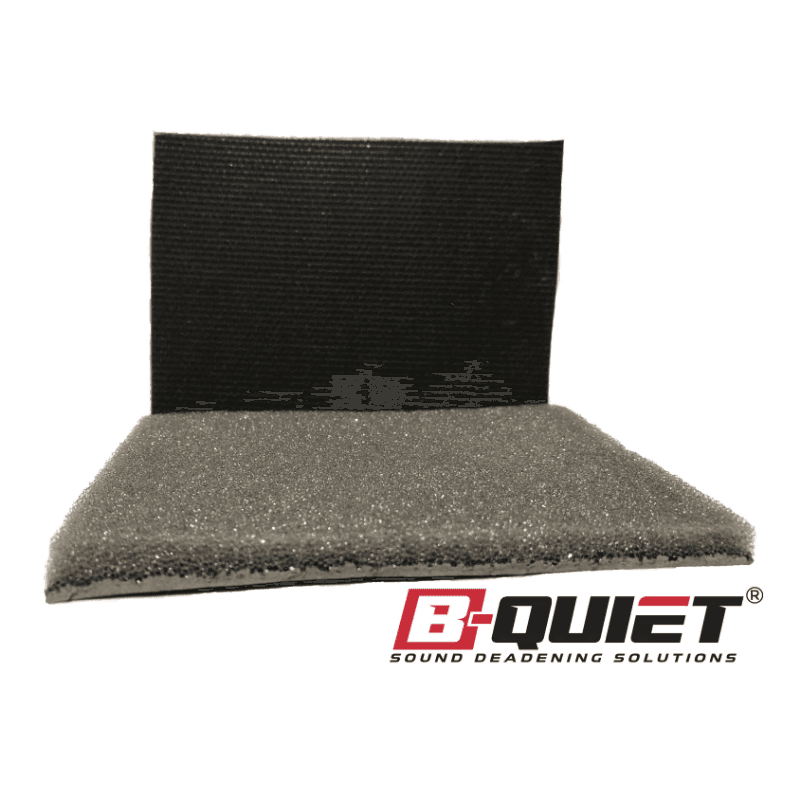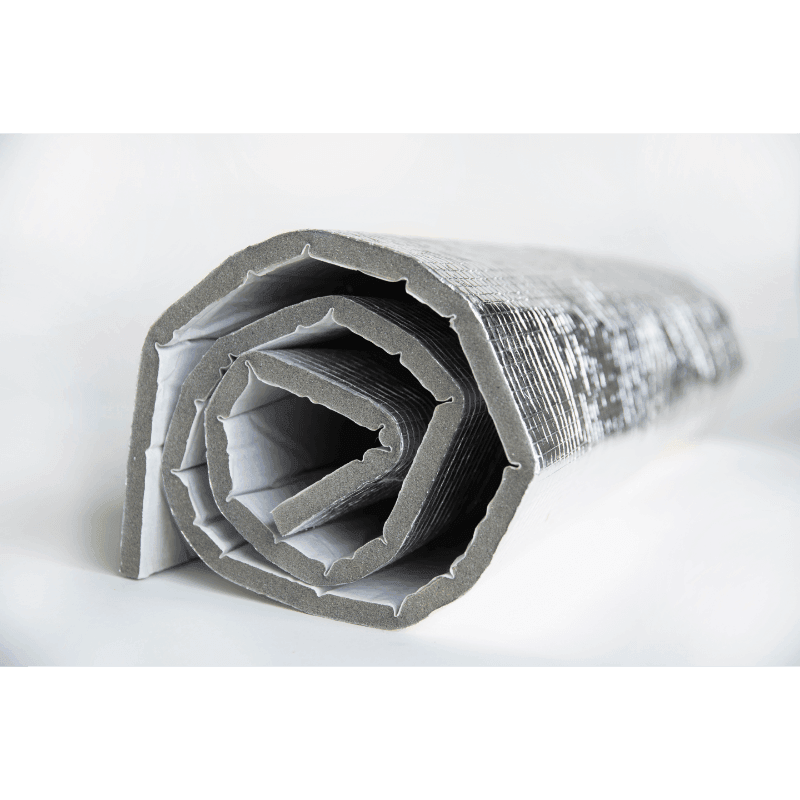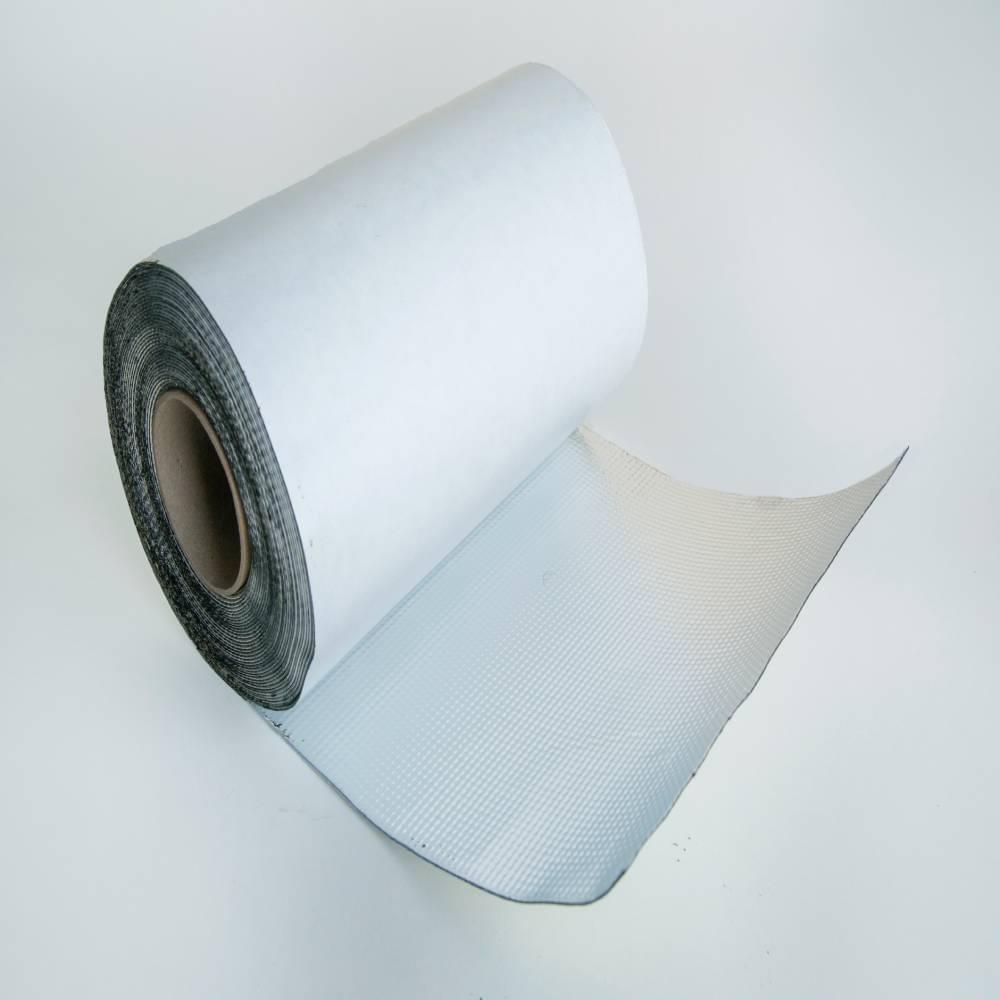Soundproofing Boats and Marine Applications: A Guide to Quieter Voyages
There's nothing quite like the exhilarating sensation of gliding over open water, the wind in your hair, and the sun shining down on you. Boating offers a unique sense of freedom and tranquility, but the enjoyment on the water can be marred by the noise of engines, generators, or waves slamming against the hull. As an enthusiastic boat owner, you want to ensure that your vessel remains a serene environment, where you can escape the hustle and bustle of daily life and unwind to the soothing sounds of the open water. This is where sound deadening solutions for boats and marine applications come in, offering an innovative, effective way to significantly reduce noise levels and enhance the boating experience.
In this comprehensive guide to soundproofing boats and marine applications, we'll explore the benefits of integrating sound deadening materials and techniques in your vessel, ensuring a quieter, more enjoyable experience. Learn how different soundproofing materials can address specific challenges unique to boat settings, and uncover expert tips for selecting and installing sound deadening solutions that work in harmony with your vessel's needs. By understanding how sound deadening can revolutionize your days on the water, you'll be well-equipped to create a peaceful and tranquil environment within your boat, where relaxation and rejuvenation take center stage.
Let your boat be an oasis of calm upon the water, enhancing your experience by reducing noise distractions and allowing you to fully immerse yourself in the beauty of the marine world. With sound deadening solutions installed in your vessel, you can embark on voyages filled with serenity, free from unwanted sound intrusions, all while simply focusing on the destination and the journey ahead.
Identifying Noise Sources in Boats and Marine Applications
Before diving into sound deadening solutions for your vessel, it's crucial to pinpoint the most significant sources of noise aboard your boat. By identifying these primary noise generators, you can focus your soundproofing efforts more effectively. Common noise sources in the boating environment include:
Engine and Mechanical Noise
Inboard engines, generators, and mechanical equipment can create significant noise disturbances, which can greatly detract from the boating experience. Applying sound deadening materials around the engine compartment, generator enclosures, and mechanical areas will help reduce the impact of these noise sources.
Hull Noise
Waves crashing against the hull or wake action from nearby vessels can create considerable noise disruptions. Soundproofing the hull's interior and mitigating vibrations can help alleviate the issue.
Deck and Cabin Noise
Footsteps, equipment, and wind noise on the deck can transmit through the cabin's walls, floors, and ceilings. Soundproofing these areas with adequate insulation and absorption materials can help minimize unwanted noise.
Wind and Exterior Noise
Finally, wind and environmental noise from the surrounding seascape can infiltrate the boat, creating an ambient cacophony. Installing proper window and door seals, as well as insulating walls and ceilings, can help control exterior noise.
Sound Deadening Materials for Boats and Marine Applications
When selecting sound deadening materials for your boat, consider the following options renowned for their effectiveness in marine settings:
Marine Sound Deadening Mats
Made from a combination of butyl rubber and aluminum layers, marine sound deadening mats are designed specifically for use in boats. These mats are waterproof and resistant to saltwater corrosion, making them ideally suited for damp or humid environments. They can be applied to engine compartments, hulls, and mechanical areas to reduce vibrations and noise transmission.
Mass Loaded Vinyl (MLV)
Mass loaded vinyl is a dense, flexible material adept at blocking airborne noise. In marine applications, MLV can be applied to walls, ceilings, and floors to reduce engine noise, hull noise, and external sounds. Furthermore, its water-resistant properties make it suitable for use in moist or damp conditions.
Closed-Cell Foam Insulation
Closed-cell foam insulation offers excellent thermal insulation and sound deadening properties. In addition, this moisture-resistant material is easy to install and can be applied to hulls, floors, and engine compartments in boats and other marine environments.
Installation Tips for Sound Deadening Solutions in Boats
For optimal soundproofing results in your boat or marine application, follow these expert installation tips:
Ensure Proper Surface Preparation
Just as with any sound deadening project, surface preparation is key to guaranteeing the materials adhere properly and function effectively. Clean all surfaces, remove any rust or corrosion, and make sure the surfaces are smooth and free of debris prior to installation.
Target the Right Areas
Focus your soundproofing efforts on the most troublesome noise sources onboard your boat. By prioritizing areas like the engine compartment, hull interior, and cabin spaces, you'll be able to maximise the impact of your sound deadening investment.
Measure and Cut Accurately
Take accurate measurements and cut your materials to the proper dimensions, ensuring they fit snugly within your boat's specific contours and surfaces. When installed precisely, sound deadening materials will look seamless and professional while performing at their best.
Seal and Secure your Installation
Thoroughly seal and secure all materials during installation to prevent gaps, air pockets, or water ingress that could compromise the materials' performance. Utilize suitable adhesives, gaskets, or mechanical fasteners relevant to marine environments.
Caring for Your Sound Deadening Investment
Protect your sound deadening investment and maintain your boat's peaceful environment with the following care and maintenance tips:
Regular Inspections
Inspect sound deadening materials regularly for signs of wear, damage, or degradation. Address any concerns promptly to ensure the continued effectiveness and longevity of your investment.
Maintaining Cleanliness
Keep your vessel clean, paying particular attention to areas with sound deadening materials. Maintaining a clean environment helps to preserve your materials' effectiveness and extends their service life.
Being Mindful of Moisture
While marine-specific sound deadening materials are often designed to resist water, it's still essential to keep an eye on moisture levels and ensure there is adequate ventilation to prevent mold and mildew growth.
Conclusion
Embrace the serenity of the open water by integrating sound deadening solutions in your boat and marine applications. With innovative materials and expert installation tips, you can create a tranquil environment on board, free from disruptive noise intrusions. As a result, you'll be able to truly appreciate the peaceful surroundings and focus on the adventure—the perfect blend of modern innovation and the timeless beauty of life on the water. Enjoy a quieter, more serene boating experience by investing in sound deadening solutions for your vessel, and let the peaceful moments at sea become cherished memories for years to come.












